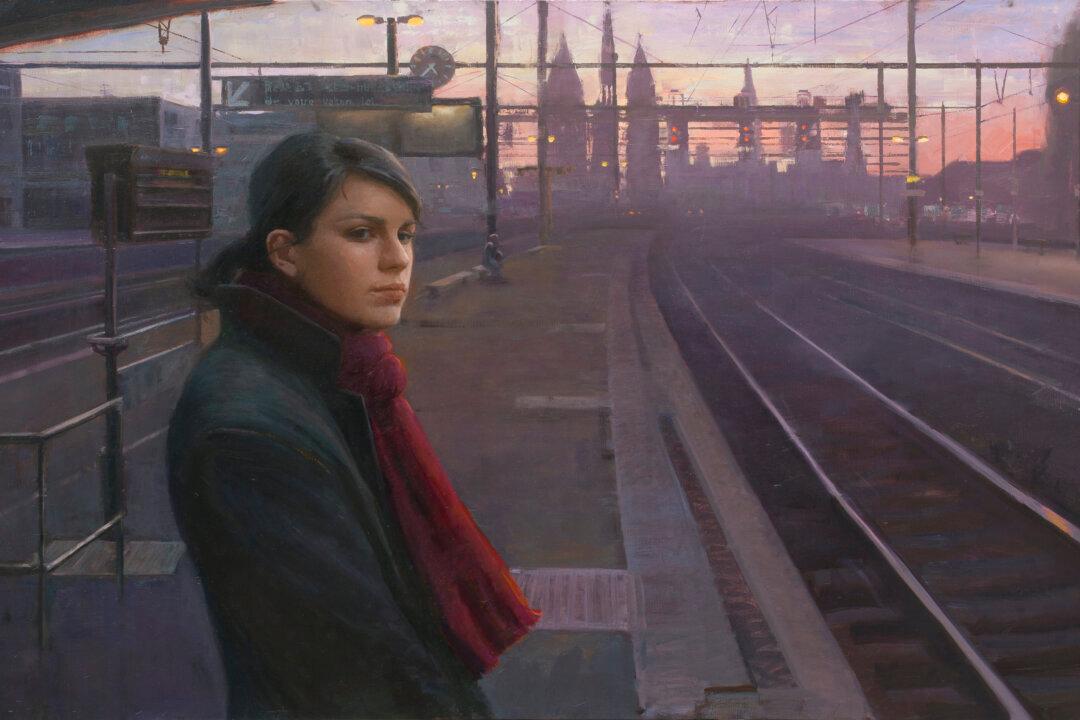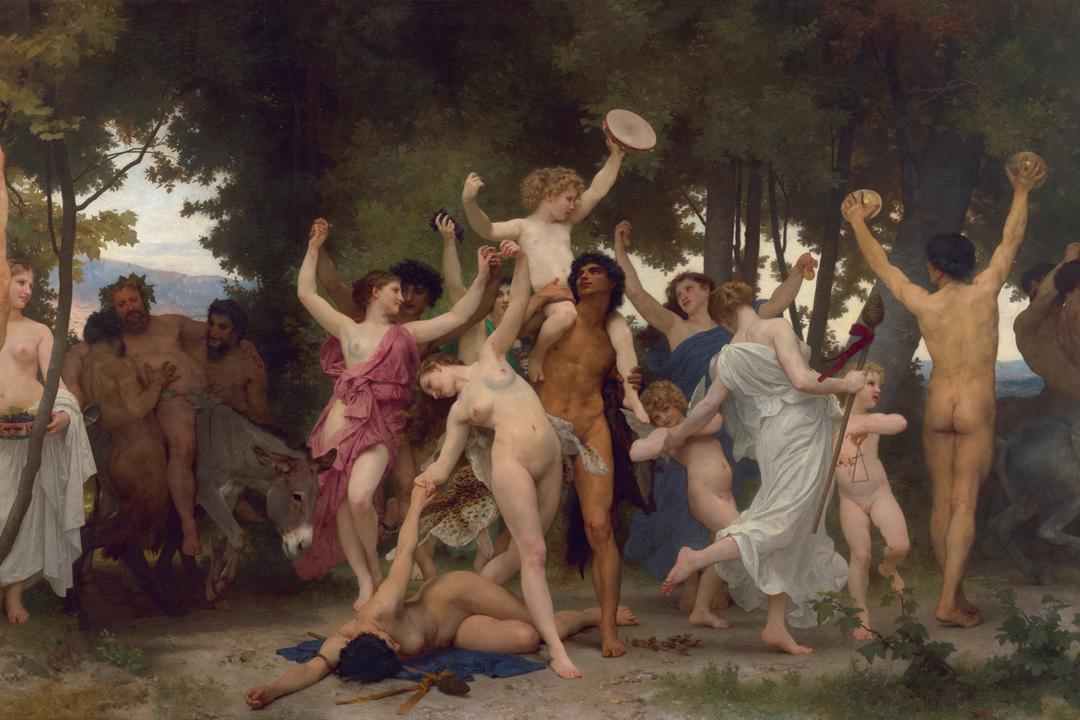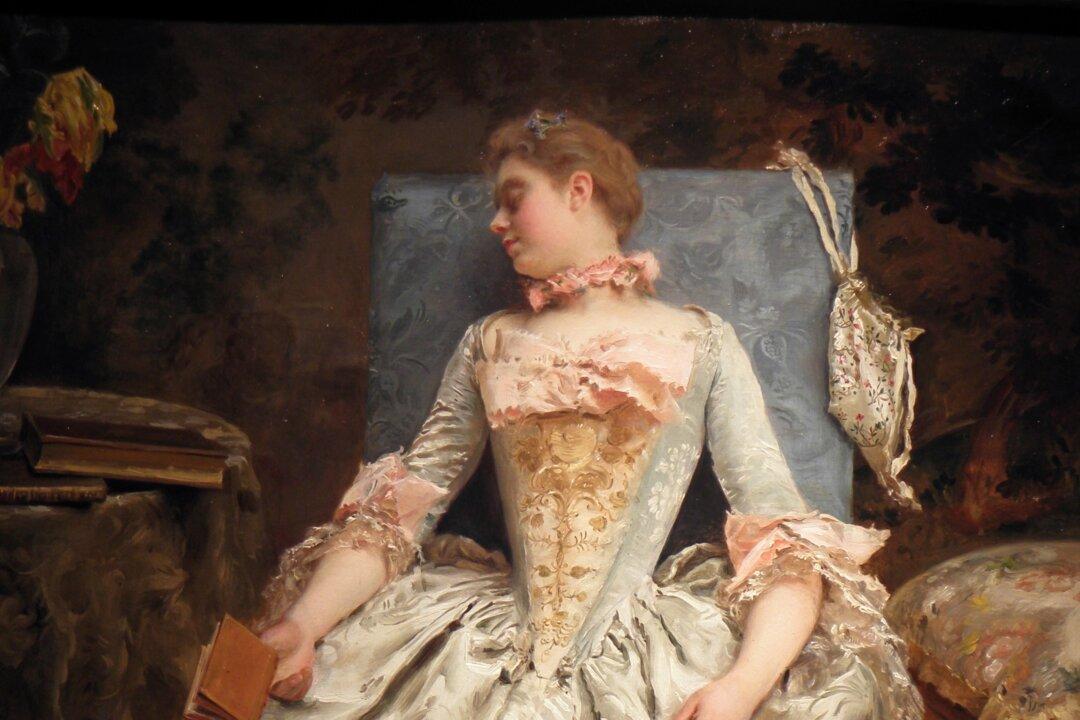The Representational Art Conferences (TRAC), organized by Michael Pearce, Michael Lynn Adams, and others, including Cindy Keitel, Jeff Miller, Tony Pro, and Nathan Tierny from the California Lutheran University, are the first of their kind.
Defining themselves as “a place for discussion of the philosophy and practice of artists involved in the universities, colleges, ateliers and private studios where the techniques of the old masters are still taught and used in the present day” this is the first venue in which a large gathering of like minded individuals from many different organizations physically came together for open discussion. The 2014 conference concentrated on the aesthetic principles and tenets inherent in the representational art of the 21st Century.
Presentations, panel discussions and studio art demonstrations investigated the progression and future of 21st-century representational art, which depicts identifiable people, places and objects.
When realism in art went entirely out of fashion early in the 20th century, the art schools that taught these methods started to die out or change their teaching methods to accommodate the new ways.
The modernist movement rejected all previous schools of thought in order to destroy what they viewed as the old order. They championed abstraction and created art from found objects and throwing paint. The deterioration of realist based atelier and academy schools continued throughout the 20th century as most universities and liberal arts colleges were formed after the modernist way of thought had been well established and empowered as the main accrediting force which granted them the educational authority they still have today.
By the end of the 20th century the knowledge that had accumulated over the prior centuries of how to create realist art as well as the teaching methods used to train students in these techniques had almost died out. It was at this time that the backlash against modernist ideology started to emerge.
The Art Renewal Center (ARC) was founded with a group of like-minded thinkers in 1999 with the intent to promote the few schools that still taught these skill based methods of representational art, giving them their own stamp of approval.
By placing the list of these approved schools on the Internet it allowed students to find the schools and the schools to find students. ARC’s mission was and is to give responsible opposing views to the modernist art establishment. At ARC’s start there were only 14 tiny schools worldwide with a total of less than 150 students among them. The movement started as a small group of artists and scholars, which in the last 30 years has grown into a plethora of painters, sculptors and philosophers. There are now over 70 ARC Approved ™ schools and programs with thousands of students.
Although the general public can better understand and usually prefers the visual language of representational art, it has been very hard to penetrate the already empowered modernist art establishments, especially at the university level. This ideological war between modernism and skill based representational art is in truth not about good art versus bad art. It is more crucial than that. It is about a core philosophical difference in which representational art believes in preserving and honoring what makes people human versus modernism that calls for its deconstruction and denigration.
The California Lutheran University is the first university school to be willing to allow the realist movement to physically stand together as a united voice to try and preserve humanity’s culture and heritage, while still moving art forward with creative energy into the 21st century.
The essays, lectures, and speeches presented and written for the conference, which took place in Ventura this March, will one day be recognized as some of the first scholarly, modern day writings published on many of the subjects addressed there.
The Contemporary Realist Movement has hit a critical mass and is growing now exponentially. There are many modernist thinkers and collectors who will feel threatened by this growing change in the art world. They will try to suppress it as they have for the last 100 years in order to protect their investments, both tangible and intangible.
The CLU is at the forefront of universities bringing into being what will surely become the art of the 21st century by hosting the incredible physical manifestation of the work so many have done for so many years. The next TRAC conference is being scheduled for 2015 and is sure to include an even larger number of scholars, organizations and of course artists.
Kara Lysandra Ross, the director of operations for the Art Renewal Center, is an expert in 19th century European painting.

"Last Train Home," 2012, by Tony Pro. Oil on linen. Courtesy of Art Renewal Center
|Updated:




